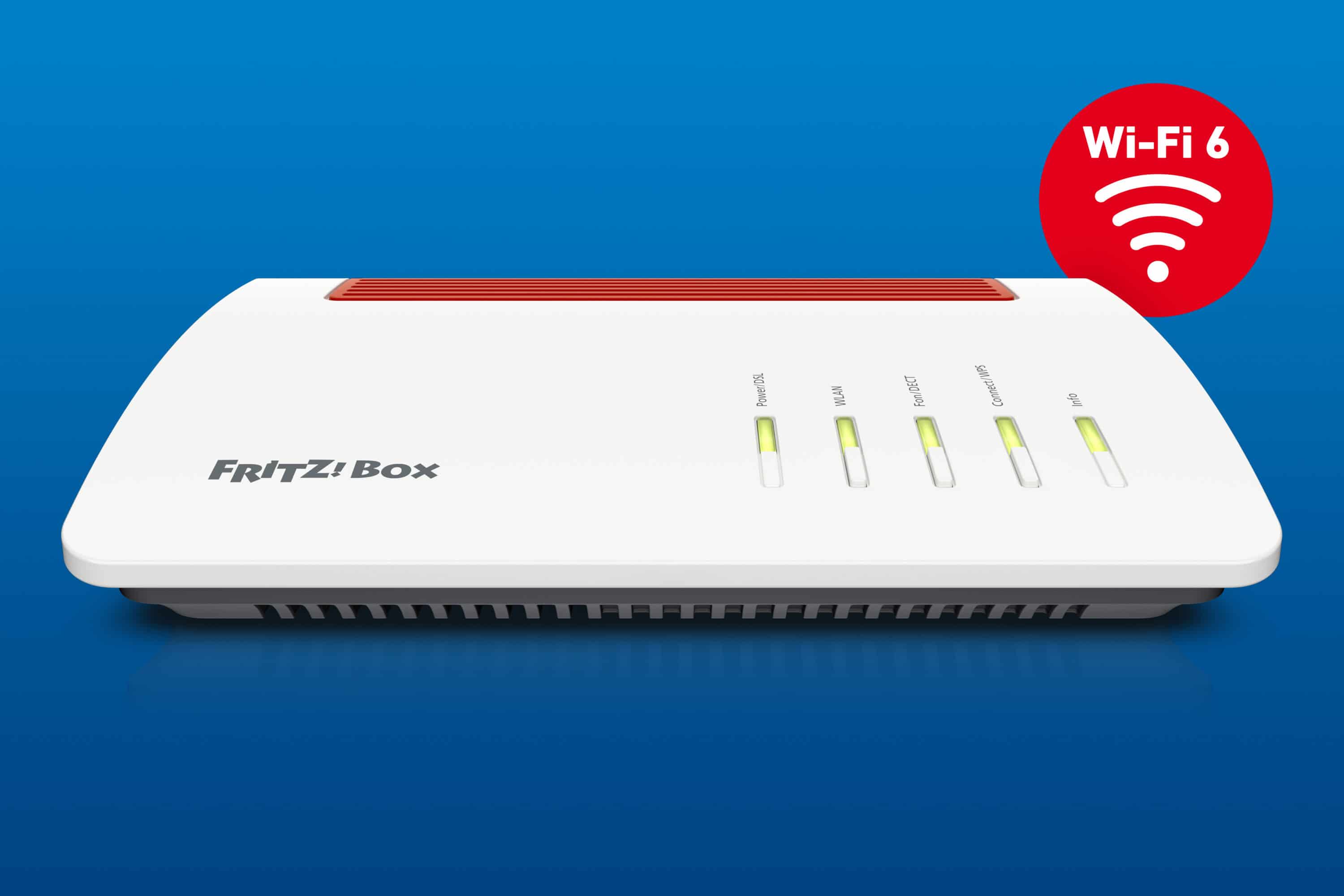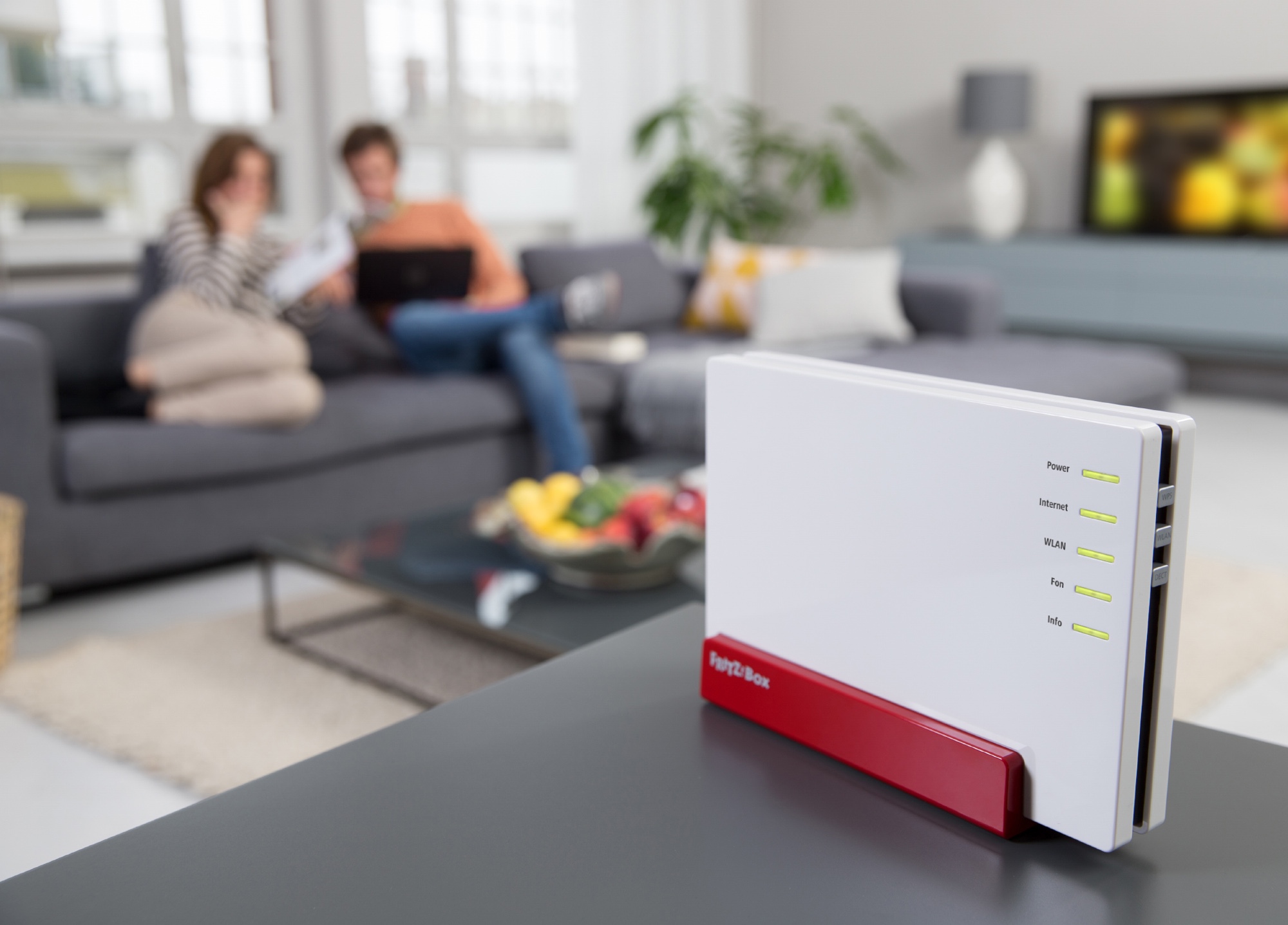

But gosh will it make ISP support calls easier. You have more information here than you'll likely ever use. There's even support for ranges, so you can easily prevent calls to things such as premium phone services (yes, those ones on ads after 12am) or the local Domino's pizza. There are a myriad of other options for the configuring and setting up of voice services on the Fritz!Box, but the remaining big feature is simply blocking: allowing you to either block incoming numbers, or block phones that are connected to the Fritz!Box from calling certain numbers. This is mainly used as a way of turning a fixed line call into an internet call, potentially reducing costs. Call diversion is included as is call through that is, you can call the Fritz!Box first, enter a PIN and then a destination number to be routed to. The modem/router offers more options on top of this. Sick of yelling to the kids upstairs that it's time for dinner? Just ring their phone for absolutely no charge, as everything's being conducted over your local network. It's not a revelation by any means, but it does make phone calls much more pleasant.Įverything attached to the Fritz!Box will be treated as part of an internal network as well. The weedy ear speaker on the Fon doesn't do G.722 justice over the standard telephone call quality however, if you pop it into speaker mode or use your own headphones through the 3.5mm jack, you can gain an appreciation for new-found quality. The Fritz!Fon is excellent, with an easy to understand key layout, high resolution screen and the ability to make phone calls using the G.722 codec for higher quality audio - so long as the receiver's handset is also capable of this.

While the Fritz!Box already commands a hefty fee, if you want a Fritz!-branded phone that handles both PSTN and VoIP calls it'll set you back AU$129 per handset and base station (although if you buy a handset with a 7390, the first one will only set you back AU$100).

What you can't see is perhaps the most interesting part of the Fritz!Box 7390: a DECT base station, which can sync with up to six phones.

There's another USB port on the right-hand side. DSL/telephone line in, phone 1 and 2 connections, ISDN connection, USB port, 4x gigabit Ethernet ports and power socket.


 0 kommentar(er)
0 kommentar(er)
